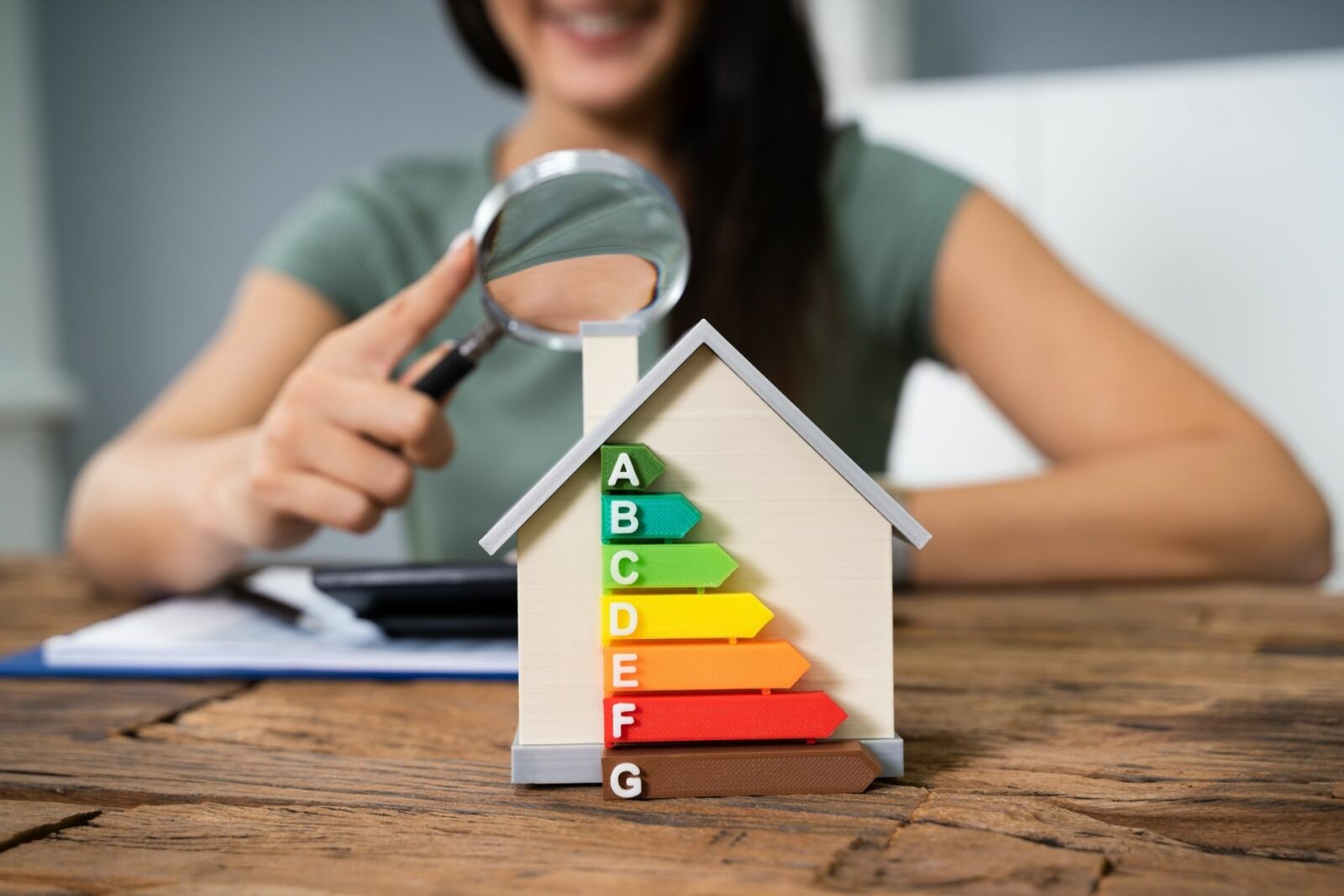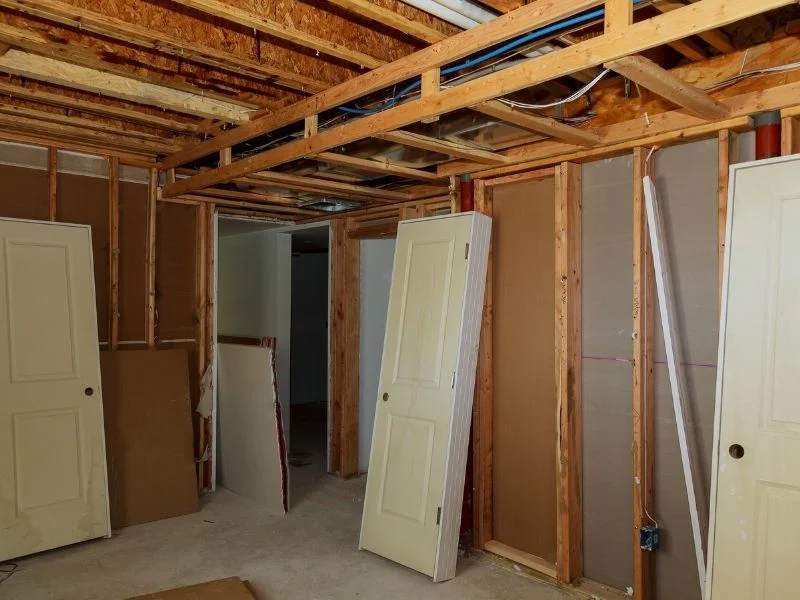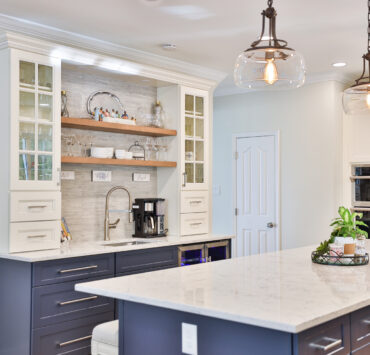Energy efficiency is becoming an increasingly important topic for homeowners as people look for ways to how to reduce their energy bills and minimize their environmental impact.
While there are many ways to improve your home’s energy efficiency, one often overlooked area is the exterior of your home.
But how can you improve your home’s energy efficiency with exterior upgrades?
Let’s explore some of the best exterior upgrades you can make to improve your home’s energy efficiency and reduce energy bills.
7 Ways to Make a House More Energy Efficient
1. Insulate your walls and attic
Insulating your walls and attic is one of the most effective ways to improve your home’s energy efficiency. Heat naturally moves from warmer areas to cooler areas, so in the winter, the heat inside your home wants to escape to the colder outside. Adding insulation creates a barrier that helps trap the heat inside, keeping your home warmer and reducing the energy needed to heat it. In the summer, the insulation helps keep the heat out, reducing the energy required to cool your home.
There are a variety of insulation materials available, each with its pros and cons. Fiberglass insulation is one of the most common types, and it’s relatively affordable and easy to install. However, it can be irritating to handle, and it can release tiny particles into the air if it’s disturbed.
Cellulose insulation is made from recycled paper and is more environmentally friendly but expensive than fiberglass. Foam insulation is more expensive than fiberglass or cellulose, but it’s more effective at insulating and can also help to reduce noise.
2. Upgrade your windows
Older windows are often single-pane and poorly insulated, allowing heat to escape in the winter and enter in the summer.
Upgrading to double-pane or triple-pane windows can significantly improve your home’s energy efficiency by creating a barrier that helps to trap heat inside or outside, depending on the season. Energy-efficient windows are also often coated with a low-emissivity (low-e) coating that helps to reflect heat and ultraviolet (UV) rays, further reducing energy costs.
When upgrading your windows, you’ll also want to consider the window frame material. Vinyl frames are often the most affordable and low-maintenance, but they can also expand and contract in extreme temperatures, affecting the window’s seal.
Wood frames are more expensive but can provide better insulation, while aluminum frames are strong but conductive, allowing heat to transfer more easily.
3. Install energy-efficient doors
Like windows, doors can also be a significant source of energy loss. Consider upgrading to energy-efficient models if you have old, poorly insulated doors.
Look for doors with a high R-value, which indicates their insulating properties.
Steel doors are often the most energy-efficient but can also be expensive.
Fiberglass doors can be a more affordable option and are also low-maintenance and durable. You can also add weatherstripping around your doors to prevent drafts and improve energy efficiency.
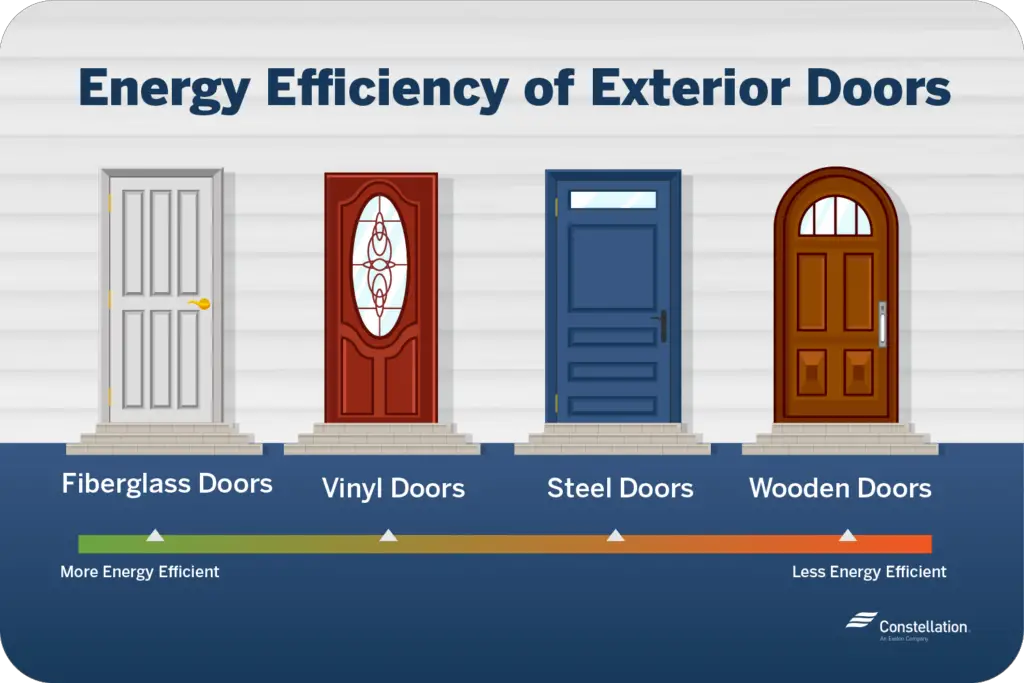 4. Replace your roof
4. Replace your roof
Your roof is another area where you can make significant energy efficiency improvements. A cool roof is designed to reflect more sunlight and absorb less heat than a traditional roof, which can help to keep your home cooler in the summer and reduce your air conditioning bills. Cool roofs are available in various materials, including asphalt shingles, metal, and tile.
When choosing a cool roof, you’ll want to consider its durability, cost, and aesthetic appeal.
Asphalt shingles are often the most affordable option.
Metal roofs can last longer and require less maintenance.
Tile roofs are also durable and can provide a distinctive look, but they can be heavy and more expensive than other options.
5. Install solar panels
Consider installing solar panels if you’re looking for a more comprehensive way to improve your home’s energy efficiency.
Solar panels can generate electricity from the sun, reducing your reliance on traditional energy sources and lowering your energy bills.
Yes, the upfront cost of solar panels is high, but they can pay for themselves over time in energy savings.
When installing solar panels, you’ll want to consider factors such as the orientation of your roof, the amount of sunlight your home receives, and the size of the solar panel system you’ll need to meet your energy needs.
Also, remember the installation cost and whether you’re eligible for any rebates or incentives to help offset the cost.
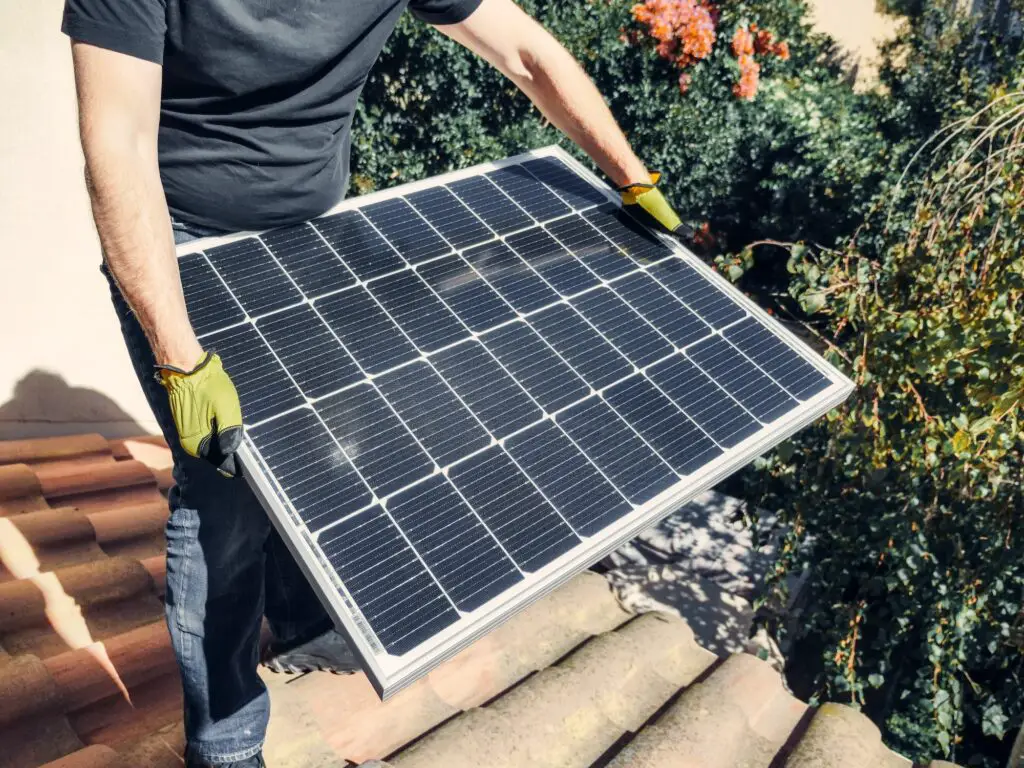 6. Improve your landscaping
6. Improve your landscaping
Believe it or not, your landscaping can also play a role in your home’s energy efficiency.
By strategically planting trees and shrubs, you can help shade your home in the summer, reducing the energy needed to cool it.
In the winter, bare trees can allow more sunlight to reach your home, helping to warm it up.
When landscaping for energy efficiency, consider the location and size of trees and shrubs and their growth habits. Plant trees and shrubs on your home’s east and west sides to shade it from the morning and afternoon sun.
Choose deciduous trees, which can provide shade in the summer but allow more sunlight in the winter when they lose their leaves.
7. Upgrade your outdoor lighting
Finally, consider upgrading your outdoor lighting to improve your home’s energy efficiency.
Traditional incandescent bulbs are highly inefficient, converting most of their energy into heat rather than light.
On the other hand, LED bulbs are much more energy-efficient, converting most of their energy into light.
LED bulbs are available in various colors and styles, making it easy to find the perfect outdoor lighting for your home. They’re also more durable and longer-lasting than traditional bulbs, reducing the need for frequent replacements.
In conclusion, improving your home’s energy efficiency with exterior upgrades can be a great way to save money on energy bills and reduce your carbon footprint.
Whether insulating your walls and attic, upgrading your windows and doors, replacing your roof, installing solar panels, landscaping for shade and sunlight, or upgrading your outdoor lighting, there are plenty of ways to make your home more energy-efficient.
By reducing your energy use, you can help create a more sustainable future for all of us.
Related posts:
 Roof Collapse at Florida School Blamed on Construction Material, Officials Report
Roof Collapse at Florida School Blamed on Construction Material, Officials Report
 Europe’s Housing Market Squeezed Amidst Cost-of-Living Crisis
Europe’s Housing Market Squeezed Amidst Cost-of-Living Crisis
 Increase in US Home Construction in 2023 Signals Robust Market Recovery
Increase in US Home Construction in 2023 Signals Robust Market Recovery
 2024 Military Housing Panel: Empowering Voices of Military Families
2024 Military Housing Panel: Empowering Voices of Military Families
 Healthcare or Housing? An Increasing Number of States Redirect Medicaid Funds to Aid the Homeless
Healthcare or Housing? An Increasing Number of States Redirect Medicaid Funds to Aid the Homeless
